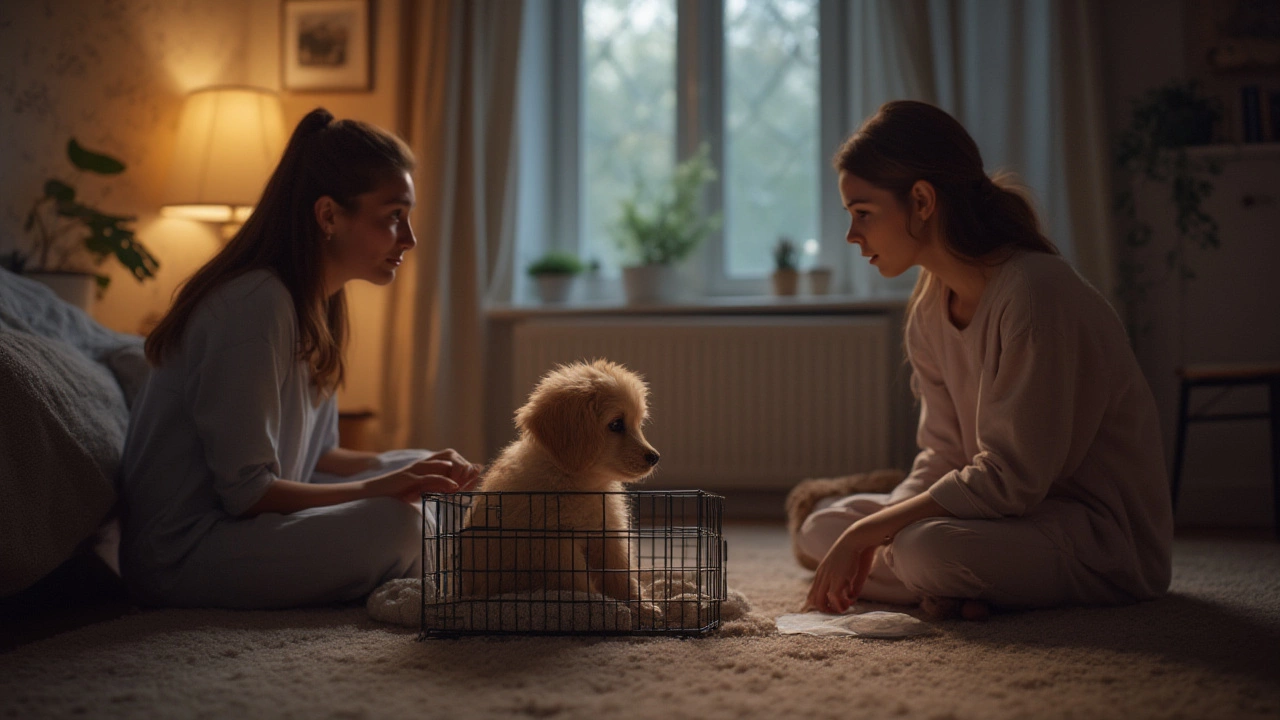Pee Pad in Crate: Simple Ways to Keep Your Dog Clean and Happy
If you’ve ever tried to crate‑train a puppy and ended up with a soggy floor, you know the frustration. A pee pad inside the crate can be a lifesaver, but it works only if you set it up right. Below are the steps that actually make a difference, no fluff.
Pick the Right Pad and Position It Properly
Start with a pad that’s thick enough to soak a good amount of liquid and has a non‑slip backing. Lay it flat on the crate floor so the dog can’t slide off. If the crate is bigger than the pad, place a small towel or a low‑profile blanket around the edges to keep the pad from moving when your pup shifts around.
Teach the Dog That the Pad Is the Bathroom
When you first put the pad in, take your dog to it right after meals, naps, and playtime. Use a cue like “go potty” and reward instantly when they use the pad. Consistency is key – if you catch them going elsewhere, gently redirect them back to the pad. Over a few days they’ll get the idea that the pad is the only spot inside the crate.
Don’t forget to change the pad regularly. A wet pad smells, and that can encourage a dog to go elsewhere. A quick swap after each use keeps the crate smelling fresh and the dog comfortable.
Another trick is to use a scent pad that has a faint grass smell. Many dogs associate that scent with going outdoors, so it nudges them toward the right behavior without you having to say a word.
When to Phase Out the Pad
Most owners want to stop using pads once the dog is reliably house‑trained. Keep the pad until the dog is comfortable taking bathroom breaks outside the crate. Gradually move the pad closer to the crate door, then remove it entirely. If accidents happen, re‑introduce the pad for a few days and repeat the training cycle.
Remember, a pad isn’t a permanent solution. It’s a bridge that helps during the early weeks when the dog’s bladder is still tiny. The goal is to get them out of the crate for bathroom breaks as soon as they’re old enough to hold it longer.
In practice, you’ll notice fewer messes on the floor, less stress for you, and a calmer pup who knows exactly where to go. If you pair the pad with a regular schedule of meals and play, the whole crate training process becomes much smoother.
Got a stubborn dog who still refuses the pad? Try a smaller pad that fits a corner of the crate – sometimes a tighter space feels more like a designated spot. Or experiment with a different brand; some pads have a better scent lock that dogs prefer.
Bottom line: a pee pad in a crate works when you choose the right product, place it securely, and teach the dog the cue consistently. Keep it clean, reward the right behavior, and phase it out when the dog is ready. Your crate stays tidy, your dog stays comfortable, and you avoid a mountain of laundry.
Puppy Crate Training: Should You Use a Pee Pad at Night?
Worried if you should put a pee pad in your puppy’s crate at night? Learn practical tips, risks, and real solutions for stress-free, dry puppy sleep.
